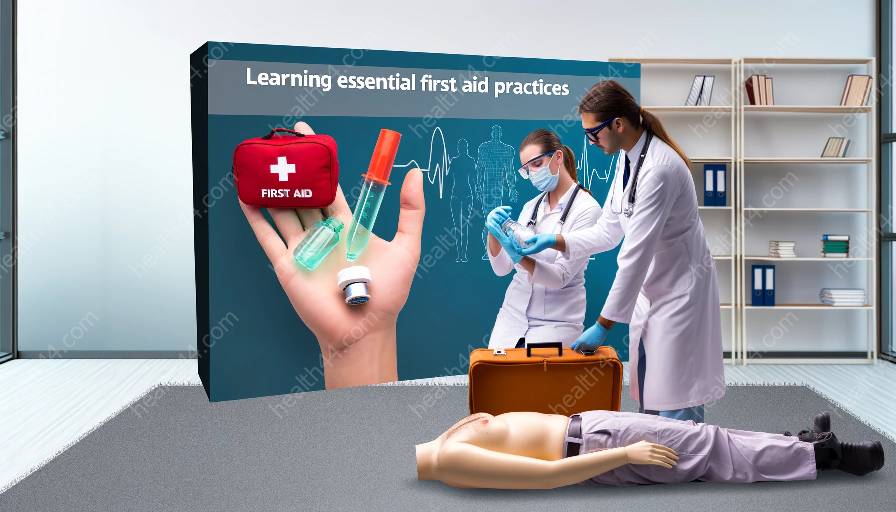First aid situations can be challenging, especially when it comes to administering emergency medications like epinephrine. This comprehensive guide will delve into the importance of understanding and administering such medications effectively, and their compatibility with health education and medical training.
The Role of Epinephrine in Emergency Situations
Epinephrine, also known as adrenaline, is a vital medication used in emergency situations to treat severe allergic reactions (anaphylaxis), asthma attacks, and cardiac arrest. It acts as a life-saving tool by rapidly constricting blood vessels, relaxing the airway muscles, and stabilizing heart rhythms.
Understanding the Importance of Epinephrine in First Aid
In the context of first aid, understanding the role of epinephrine is crucial. Individuals trained in first aid must comprehend the signs and symptoms of severe allergic reactions and be prepared to administer epinephrine promptly to prevent life-threatening consequences. Health education plays a significant role in disseminating knowledge about when and how to use epinephrine in emergency situations.
Administering Epinephrine: Training and Best Practices
Medical training programs should incorporate comprehensive modules on administering epinephrine. Proper training on how to use auto-injectors and understanding dosage calculations can significantly improve the ability to administer epinephrine effectively in high-stress situations.
The Impact of Epinephrine on Health Education and Medical Training
The use of epinephrine highlights the critical interplay between health education and medical training. It underscores the importance of equipping individuals with the knowledge and skills to recognize and manage medical emergencies, emphasizing the need for continuous education and training in first aid and emergency medicine.
Realistic Scenarios and Simulations
Health education and medical training can benefit from incorporating realistic scenarios and simulations focusing on the administration of epinephrine. These hands-on experiences can improve response times, decision-making skills, and confidence in using emergency medications, ultimately improving patient outcomes.
Conclusion
Understanding and administering emergency medications like epinephrine are crucial components of first aid, health education, and medical training. This guide serves as a comprehensive resource, emphasizing the significance of these medications and their impact across various healthcare settings.



